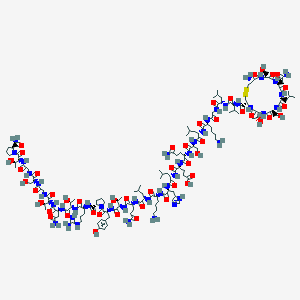Emergency treatment of hypercalcaemia
Adult: Up to 10 u/kg in 500 mL of sodium chloride 0.9% by slow IV infusion over at least 6 hours.
Parenteral
Adjunct in hypercalcaemia
Adult: SC/IM: 4 u/kg 12 hourly, may increase after 1-2 days to 8 u/kg 12 hourly max 8 u/kg 6 hourly after 2 days. Alternatively, 100 u every 6-8 hours, increased after 1-2 days to max 400 u every 6-8 hours.
Parenteral
Paget's disease of bone
Adult: SC/IM: 50 u 3 times weekly to 100 u/day.
Parenteral
Prophylaxis of acute bone loss due to sudden immobilisation
Adult: SC/IM: 100 u/day or 50 u bid for 2-4 weeks.
Rectal
Emergency treatment of hypercalcaemia
Adult: 1 supp tid. Total daily dose: 900 u.




 Sign Out
Sign Out




